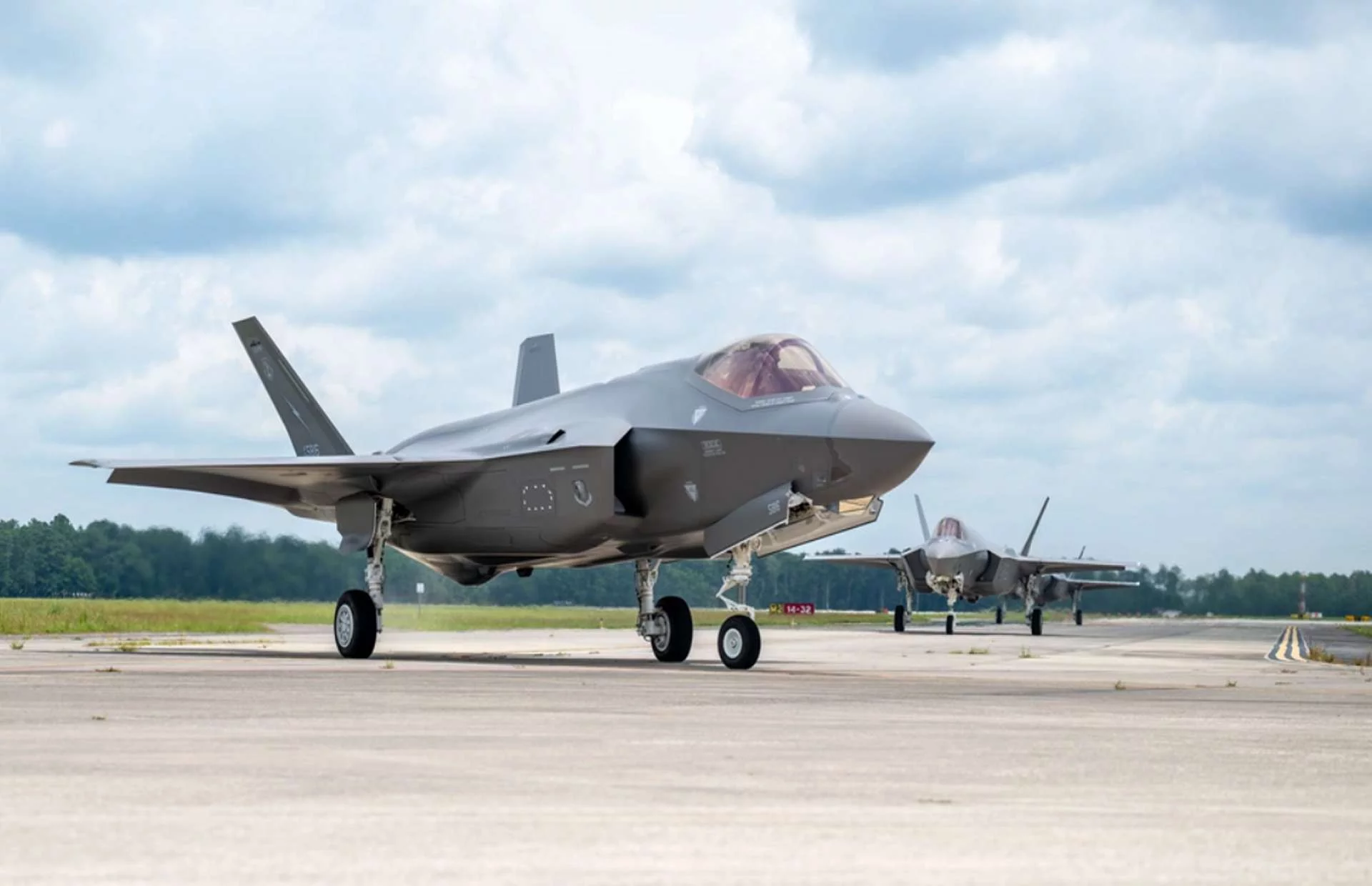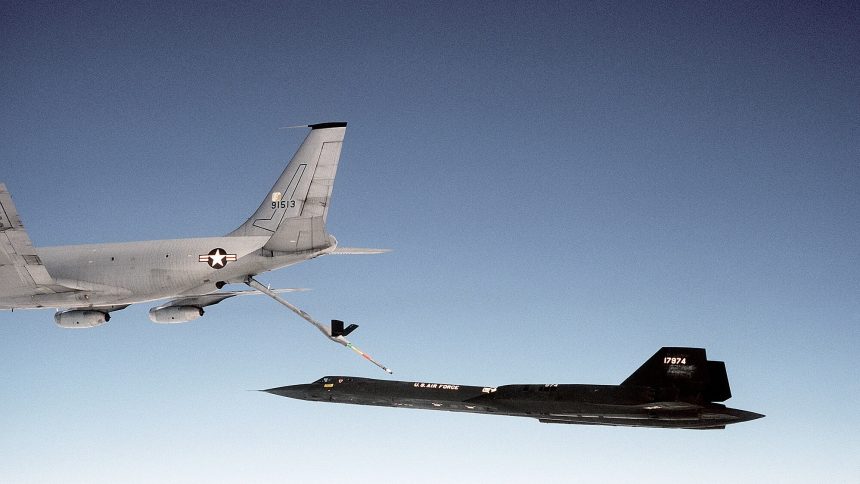In a significant stride forward for modern aerial combat, Northrop Grumman has unveiled a pivotal integration that promises to redefine the operational capabilities of the venerable F-16 Fighting Falcon. This innovative development sees the seamless fusion of the company’s cutting-edge Integrated Viper Electronic Warfare Suite (IVEWS) with its advanced AN/APG-83 Scalable Agile Beam Radar (SABR) on the F-16 platform. Following extensive flight testing with the U.S. Air Force, this pairing is engineered to dramatically boost survivability and lethality by enabling the radar and jammer to function simultaneously within the same spectrum without any detrimental self-interference, marking a crucial advancement aligned with the ongoing modernization efforts of the iconic Viper aircraft[1]. This integration is far more than a simple upgrade; it represents a paradigm shift in how F-16s will navigate and dominate complex, contested electromagnetic environments, offering pilots unprecedented situational awareness and offensive capabilities.
The official announcement by Northrop Grumman on October 28, 2025, confirmed that the AN/ALQ-257 IVEWS now operates in perfect harmony with the AN/APG-83 SABR active electronically scanned array (AESA) on F-16s[1]. This configuration is specifically designed to prevent mutual interference and ensure the preservation of tracking quality, even during active jamming operations. The company emphasized the crucial role of pulse-to-pulse digital coordination, which was rigorously validated during flight events and through an Operational Assessment conducted in collaboration with the U.S. Air Force. This assessment notably included over 70 sorties flown against a range of representative threats, providing robust evidence of the system’s efficacy in real-world scenarios[1]. The ability for F-16 fighters to jam threats while simultaneously mapping and tracking targets represents a monumental leap, facilitating faster, safer, and more decisive engagements[1].
At the core of the IVEWS is an ultra-wideband architecture, meticulously engineered to detect, classify, and effectively counter modern and highly agile threats. This includes sophisticated adversaries employing frequency-hopping or deceptive emitters, which are increasingly prevalent in contemporary electronic warfare[1]. Complementing this, the SABR radar, first introduced in 2013 and now integrated into more than 900 F-16s globally, is an active electronically scanned array designed to support both critical air-to-air and demanding air-to-surface tasks. Its solid-state architecture significantly enhances availability compared to older, mechanically scanned systems, providing a more reliable and resilient radar picture[1]. The digital coordination between these two powerful subsystems occurs on a pulse-to-pulse basis, ensuring that each system remains acutely aware of the other’s activities. This sophisticated interplay allows pilots to conduct Synthetic Aperture Radar (SAR) mapping or multi-target tracking while IVEWS actively counters threat radars, all without experiencing self-jamming or any degradation in the quality of the radar picture[1]. This capability is a game-changer, granting pilots a decisive advantage in electronic warfare-intensive combat zones.
The U.S. Air Force’s selection of IVEWS in 2019 marked the beginning of this transformative journey[1]. Following its selection, the suite successfully completed an extensive Operational Assessment, encompassing more than 70 sorties conducted within dense electromagnetic environments. The inaugural combined flight test took place during the challenging Northern Lightning exercise in 2021, a scenario specifically designed to stress spectral deconfliction under complex joint tactics[1]. Since then, IVEWS has accumulated over 250 flight hours, with two USAF F-16s operating with early integrated standards and consistently reporting positive reliability and integration results, according to the program office[1]. These real-world data points are of immense significance to operators, as demonstrated performance in contested environments is the ultimate determinant of whether an upgrade swiftly transitions into an Operational Flight Program or remains confined to laboratory settings[1]. The proven success in operational conditions underscores the readiness and maturity of this advanced system for widespread deployment.
The SABR radar brings a suite of advanced functionalities to the F-16, including high-resolution SAR mapping for precise targeting and navigation, Ground Moving Target Indication (GMTI) for effective convoy tracking, and robust maritime search capabilities with tracking quality that supports time-sensitive strikes[1]. Its interleaved modes enable the maintenance of a comprehensive air-to-air picture even while simultaneously prosecuting surface targets. Furthermore, the solid-state architecture significantly improves the mean time between failures, a crucial factor for squadrons with high utilization rates and demanding operational tempos[1]. On the electronic protection front, IVEWS expertly fuses radar warning data via its Radar Warning Receiver (RWR), generating sophisticated digital techniques and managing expendables with unparalleled efficiency[1]. The ultra-wideband receivers dramatically shorten detection timelines against highly agile threats, while the onboard power obviates the need for external pods that would otherwise add drag and increase the aircraft’s signature, thereby enhancing stealth and performance[1]. The key technical marvel lies in its fine synchronization: pulse-to-pulse coordination meticulously preserves timing coherence between jamming and radar emission, thereby maintaining optimal signal-to-noise ratios and ensuring clean, uninterrupted tracks[1].
The target fleet for this significant upgrade includes both F-16C/D Block 50/52 and the more advanced F-16V Block 70/72 aircraft[1]. The Block 50/52 variants, depending on their configuration, are powered by either a General Electric F110-GE-129 or a Pratt & Whitney F100-PW-229 engine, delivering approximately 29,000 lbf of thrust with afterburner. These aircraft feature modernized avionics with a MIL-STD-1760 bus and possess crucial SEAD/Wild Weasel capability, predominantly centered on the High-speed Anti-Radiation Missile (HARM)[1]. The F-16V Block 70/72, on the other hand, introduces the advanced Viper architecture, incorporating the AN/APG-83 AESA radar, a modular mission computer, a large central display for enhanced pilot situational awareness, the Joint Helmet-Mounted Cueing System II (JHMCS II), and the vital Automatic Ground Collision Avoidance System (Auto-GCAS)[1]. These advanced features are complemented by a reinforced 12,000-hour airframe and conformal fuel tanks that strategically preserve weapon stations, maximizing the aircraft’s combat loadout. In both upgrade pathways, the retrofit towards the Viper standard and the utilization of the Link 16 tactical data link bolster incremental upgrades and enhance coalition interoperability, leading to a significantly improved Recognized Maritime Picture (RMP) and Common Operating Picture (COP) across allied forces[1].
This revolutionary sensors-to-effects stack fundamentally transforms how a four-ship formation of F-16s plans and operates to survive in contested airspace. With SABR providing dependable long-range search capabilities and precise SAR mapping, the formation can construct a far richer and more detailed maritime or air picture, feeding a more stable and accurate Common Operating Picture to command-and-control nodes[1]. Simultaneously, IVEWS facilitates tighter Emission Control (EMCON). This allows aircraft to execute radar-intensive phases when tactically necessary, then seamlessly transition to protective electronic action without compromising the package’s overall radar picture[1]. In suppression of enemy air defenses (SEAD) missions, the integrated suite empowers the F-16 to prosecute threat emitters while maintaining vital standoff awareness. This capability provides escorts with an optimized window to time their HARM launches and decoy deployments, significantly reducing exposure for both shooters and aerial tankers[1]. The cumulative effects at the package level are profound: improved track continuity, fewer radar dropouts, and a substantially reduced risk of fratricide in crowded engagement areas. For mixed coalitions, this advanced integration stabilizes operational timelines and deconflicts the electromagnetic portion of the plan across a composite force, resulting in a more resilient RMP/COP, fostering greater cooperation and effectiveness[1].
Furthermore, the considerations of integration and in-service support are particularly significant for budget-constrained air forces around the globe. Given that both IVEWS and SABR are produced in the United States and are already fielded at scale, their deployment timelines and spares chains are well-aligned with existing F-16 support infrastructure in critical regions such as Europe, the Middle East, and the Indo-Pacific[1]. The flexible architecture of these systems enables rapid software updates through regular Operational Flight Program cycles, allowing for the seamless integration of new threat libraries without the need for costly and time-consuming hardware requalification[1]. This approach substantially reduces ownership costs and facilitates incremental capability insertions, a highly relevant factor for air forces that strategically employ the F-16 as a high-end complement to their newer, fifth-generation platforms[1]. For defense industrial bases (BITD), this modernization path allows for offsets primarily focused on installation, testing, and field support, circumventing the need for major structural modifications to the aircraft[1].
As global adversaries continue to harden their integrated air defenses and refine sophisticated access-denial networks, particularly from nations like Russia and the People’s Republic of China, many international partners still rely on the F-16 as a frontline asset[1]. A radar-electronic warfare pairing that maintains coherence and effectiveness even under intense pressure is vital to keeping the F-16 relevant within NATO and beyond. This advanced capability buys crucial time for the gradual growth of fifth-generation air power and significantly raises the cost for adversaries who seek to deny air access through mobile, frequency-agile systems[1]. For countries in the process of acquiring second-hand F-16s or those looking to upgrade their mid-life fleets, this comprehensive package offers a practical and potent route to denial-based deterrence: superior awareness, faster targeting capabilities, and an expanded survival envelope against modern threats[1]. In practice, robust spectrum competence becomes a powerful strategic lever. By maintaining the Viper’s credibility, allies preserve essential combat mass and interoperability without overextending their acquisition budgets, thereby sustaining a cohesive coalition air posture that is far more challenging to disrupt during times of crisis[1]. This integration ensures the F-16 remains a formidable and adaptable platform, ready to face the evolving challenges of aerial combat for decades to come.




